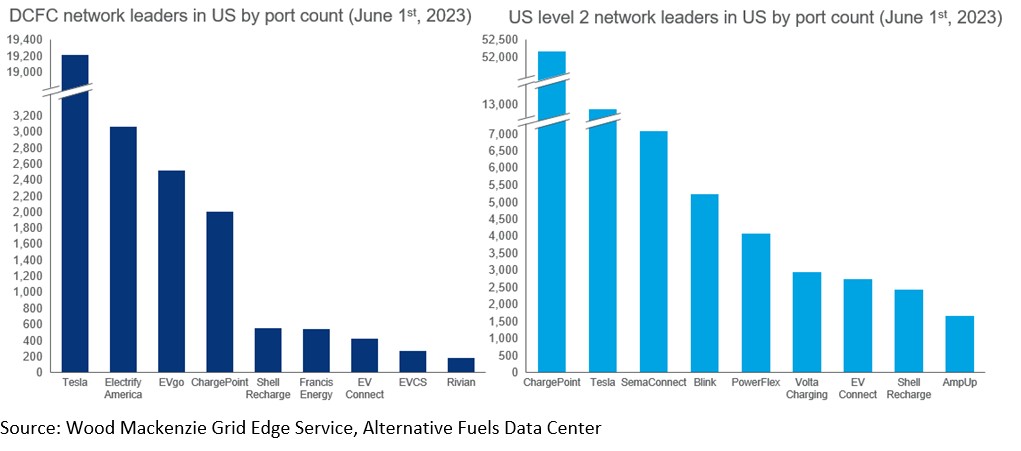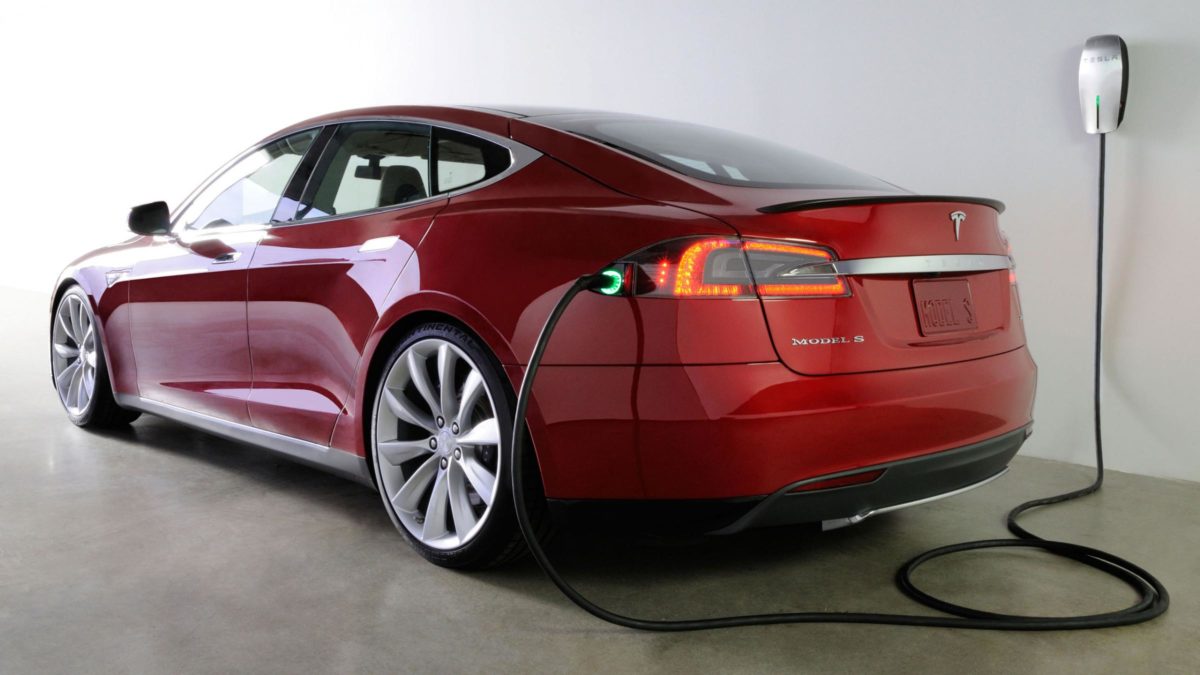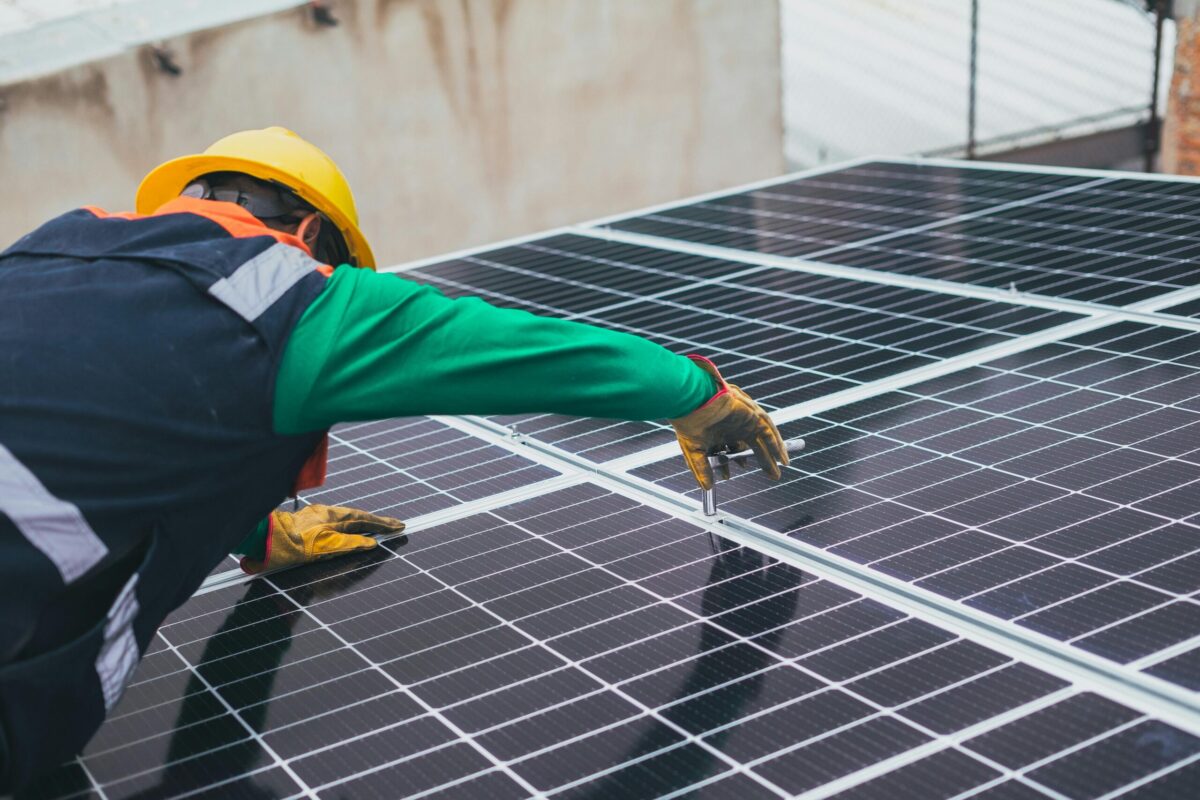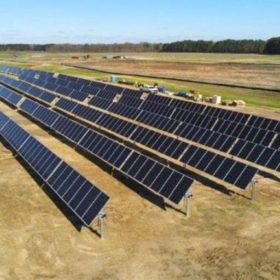According to the inaugural North American EV charging infrastructure monitor from Wood Mackenzie, President Biden’s goal of building out a national network of 500,000 EV chargers will be far exceeded in four years. While the majority will be residential chargers, the report forecasts that 18 million chargers will be installed across the U.S. by 2027. In addition to residential chargers, public and commercial sectors are expected to post strong growth.
“Public EV charging networks are looking to establish and secure their footholds through aggressive expansion plans, innovative financing structures, and partnerships with automakers and other brick-and-mortar businesses,” said Nick Esch, research analyst, Wood Mackenzie.
As an incentive to move toward the Biden Administration’s goal of bulking up the charging network, the Department of Energy (DOE) awarded $7.4 million to seven projects to develop medium- and heavy-duty electric vehicle (EV) charging and hydrogen corridor infrastructure plans that will benefit millions of drivers across 23 states. This program and proximity to population centers is driving retail store chains to deploy EV charging networks, according to the Wood Mackenzie report, which sees much growth potential in placing EV chargers at commercial establishments.
Walmart, for example, is on track to become the fifth largest DC fast charger (DCFC) network in the U.S., based on current deployments. Subway restaurants and Bank of America are also adding EV chargers to many locations.
“There is so much opportunity in the brick-and-mortar segment as it has synergies with EV charging,” said Amaiya Khardenavis, analyst, EV Charging Infrastructure, Wood Mackenzie. “It is estimated that 85-90% of the U.S. population lives within 10 miles of major retailers, making them very convenient charging locations for EV drivers. The stores seeking to increase customer dwell time will benefit from offering onsite EV charging, while stores that already enjoy high dwell time seek to earn additional revenue from charging.”
As for which port design will become the standard, the report notes that Tesla and ChargePoint are currently dominating the market, with Tesla boasting a 61% market share of DCFC ports in the U.S., while ChargePoint leads with a 46% market share of level 2 ports in the U.S. The market will likely shift toward Tesla chargers, however, as automakers including Ford, General Motors and Rivian announced plans to adopt the North American Charging Standard (NACS) connector used by the Tesla Supercharger network. ChargePoint and other rivals such as ABB and Tritium have announced that NACS ports will be an option for their site hosts.

Another market for EV chargers is fleet electrification, and the Wood Mackenzie report notes that substantial government funding is helping to drive school bus electrification. This would be significant in terms of carbon reduction in the atmosphere, as school transportation is the largest mass transit system in the U.S.
While installing charging infrastructure at bus depots can take time, the report notes that the growth of electrified school buses will drive more demand for charging infrastructure as well, with more than 4,000 electric school buses receiving funding in Q4 of 2022, more than three times Q1 2022 totals.
The U.S. government is incentivizing the purchase of electric vehicle charging stations for individuals and businesses with tax credits in the Inflation Reduction Act. The credit is for up to 30% of the cost of EV charging equipment. For businesses in designated areas, the credit is expanded from $30,000 to $100,000 per system starting this year.
The North America EV charging infrastructure monitor is the first in a new quarterly report series from Wood Mackenzie covering the electric vehicle charging infrastructure market.
This content is protected by copyright and may not be reused. If you want to cooperate with us and would like to reuse some of our content, please contact: editors@pv-magazine.com.









By submitting this form you agree to pv magazine using your data for the purposes of publishing your comment.
Your personal data will only be disclosed or otherwise transmitted to third parties for the purposes of spam filtering or if this is necessary for technical maintenance of the website. Any other transfer to third parties will not take place unless this is justified on the basis of applicable data protection regulations or if pv magazine is legally obliged to do so.
You may revoke this consent at any time with effect for the future, in which case your personal data will be deleted immediately. Otherwise, your data will be deleted if pv magazine has processed your request or the purpose of data storage is fulfilled.
Further information on data privacy can be found in our Data Protection Policy.